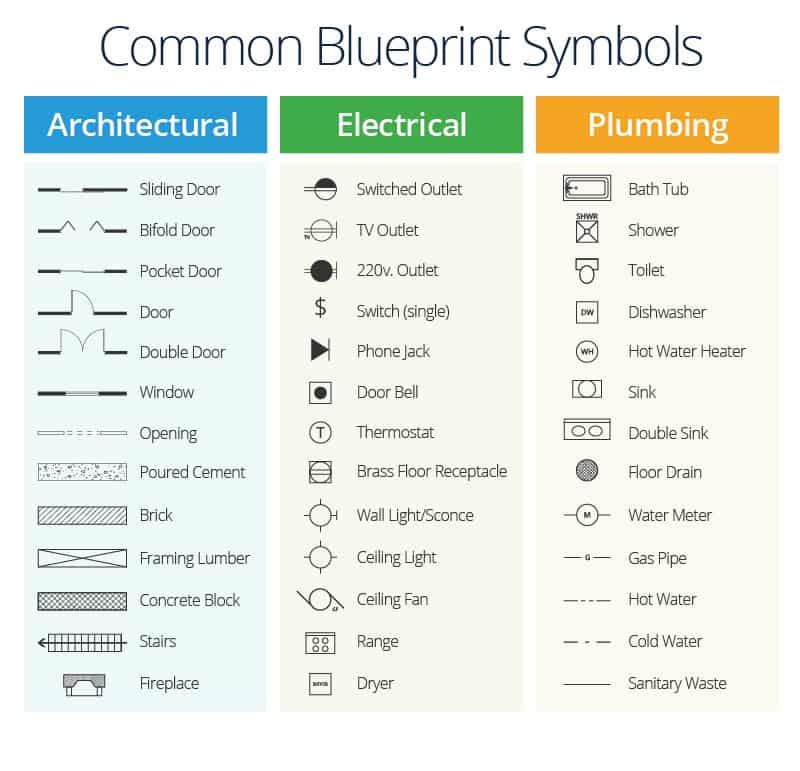Ontario Electrical Code Pdf Torrent
Full Bibliographic Record Publication information: Sechelt, B.C.: P.S. Knight, 2009. Eminem without me mp3 download 320. ONTARIO BUILDING CODE 2012.

Amendment History Table. Amendments to the Building Code Act, 1992 S.O. Date of Royal Assent. Effective Date. 24, s.224, except s.224(17). June 17, 1998. April 6, 1998.
The 2018 edition of the Ontario Electrical Safety Code –which includes the Canadian Electrical Code Part 1 plus several Ontario-specific amendments – reflects changes in technology and the marketplace, and incorporates feedback from stakeholders, technical reviews and new safety insights.
Pierre McDonald. This is the second of two parts. The first part appeared in the August 26 issue of EIN. In continuing with the theme to provide insight into the changes that will appear in the 2015 Canadian Electrical Code (CE Code), I would like to focus on the addition of rules for the IEC Zone method of area classification. ISBN: 414 Language: English Record ID: 2615490 Full edition title: Tenth edition Format: Regular Print Book Physical description: 4, 145 pages: illustrations; 28 cm.
Diamant software film restoration suite free download. Launched from an integrated shell, Camera Plus brings video mail, video surveillance, web casting.
Date acquired: May 3, 2010 More creator details: [P.S. General note: 'Based on the 24th edition of the Ontario electrical safety code.' General note: 'Ontario book 1, 2009 to 2011.' General note: Cover title. General note: Includes index. Loading branch holdings.
June 28, 2018 Now in its 24th edition, the 2018 Canadian Electrical Code, Part I includes a number of significant updates and changes to better help electrical workers in the safe maintenance of electrical equipment and create safer electrical installations. This edition features important revisions to many sections. For example, Section 26 now mandates the use of tamper-resistant receptacles in additional areas where children may be present.
Section 62 now requires ground fault circuit interrupter protection for heating devices and controls in proximity to tubs, sinks, and shower stalls. Section 10 has been updated, reorganized, and significantly reduced in length. Requirements for power over ethernet systems have been added to Section 16, and requirements for marinas, wharves, and similar facilities have been substantially updated and reorganized in Section 78. Read more below about the top 15 changes to the code.
Power over Ethernet 2015 Code — No specific requirements 2018 Code — New Subsection 16-300 POE (Power over Ethernet) has existed for many years however, recent revisions to IEEE standards for communications cables has opened the door to higher power applications for POE, such as room lighting. Through these cables, power levels approaching 100 W are possible, along with simultaneously communications between devices and systems.

POE is typically implemented as a 'structured' cable system, wherein cables are bundled together for extended lengths. Cable heating is a function of the power it carries and as such, installation and layout become critical factors in ensuring safe operation. New requirements for POE have been added to the Code in the form of new Rules 16-300 through 16-350, and Table 60. Installation of identified conductor at control locations 2015 Code — Two wire simple switch loop acceptable 2018 Code — Identified conductor required at every control location Control devices are increasingly used as an essential part of energy management systems. Many of these devices require power to operate, and where used in a simple switch loop, create a small current through the bonding conductor. As the number of devices increases, the cumulative current through the bonding system will become unacceptable. New Subrule 4-028(2) now mandates that an identified conductor be installed at each manual or automatic control location.
This requirement applies to all occupancy types. The term “neutral” has been replaced with the more accurate term “identified conductor”. Bonding and grounding 2015 Code — 15 pages long and two tables 2018 Code — 8 pages long and one table Section 10 requirements have been reorganized into a more logical flow of requirements and significantly reduced in size. Objectives for solidly grounded, impedance grounded, and ungrounded systems are clearly specified at the beginning of the Section. Tables 16A and 16B have been combined into a single Table, with Rule 10-614 providing specific conditions for selecting the size of bonding conductor or bonding jumper.
Arc fault circuit interrupters 2015 Code — AFCI protection required, with some exemptions 2018 Code — exemptions tightened, application to existing circuits clarified Clarification is now provided for AFCI protection of existing branch circuits that are extended due to renovations or additions. Exemptions from AFCI protection have been reduced or removed for number of areas including branch circuits supplying smoke alarms, carbon monoxide alarms, and bathrooms. Disconnecting means for LED luminaires 2015 Code — disconnecting means required for fluorescent ballasts 2018 Code — disconnecting means required for fluorescent ballasts and LED drivers To support safe maintenance, the Code has for several editions required disconnecting means for fluorescent luminaires utilizing double ended lamps and operating at more than 150 V. With increased use of LED lighting, the requirements have been extended to LED luminaires exceeding 150 V to ground with double ended lamps. Tamper resistant (TR) receptacles 2015 Code — TR receptacles required in dwelling units and child care facilities 2018 Code — TR receptacles required in additional occupancy types The requirement for tamper resistant receptacles in dwelling units and child care facilities is expanded to include other areas where children may be present including hotel guest rooms, preschools, and elementary education facilities. Equipment connected to devices having Class 2 outputs 2015 Code — approval requirement based on application 2018 Code — approval based on voltage and application.